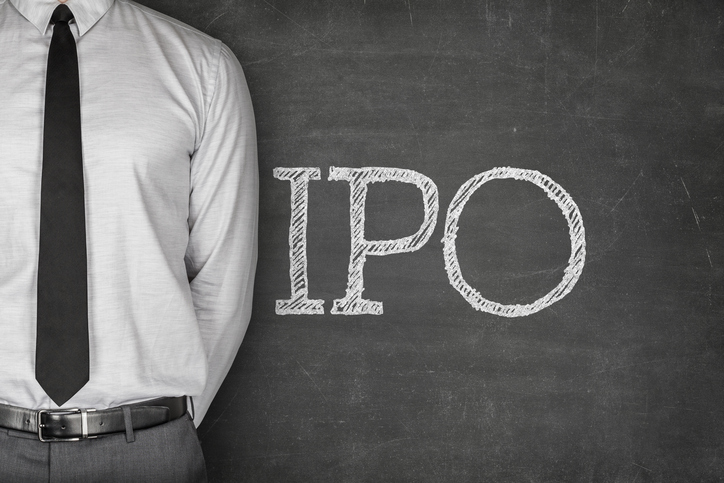Ceridian HCM Holding Inc. (TSX:CDAY)(NYSE:CDAY), is about to go public, raising up to US$600 million from its IPO.
That’s great news for the IPO market and even better news for the employees of Dayforce HCM., Ceridian’s Toronto-based software company whose products are a must-have for human resource departments everywhere.
What does it do?
Ceridian, through its Dayforce platform, provides companies of all sizes the ability to attract, engage, pay, deploy, and develop their employees through its cloud-based platform that reduces the amount of technology needed to manage the human resources process.
As corporations become more global in scope, the ability to easily onboard new employees, who are often working in disparate locations on multiple continents, eliminates tremendous headaches for HR departments no matter what their size.
It’s for this reason that Dayforce has grown as quickly as it has. It is, however, not the only operating segment at Ceridian. A second business, LifeWorks, is a joint venture with Work Angel Technology Ltd., which offers employee assistance programs in the U.S., Canada, and the U.K.
That’s a small part of the Ceridian pie. The company is spinning off its joint-venture interest to Ceridian shareholders as part of its IPO; however, I wouldn’t consider this a reason to buy (or not buy) Ceridian shares.
Growth prospects
Ceridian had 3,001 Dayforce customers at the end of 2017, an increase of 28% in the last year alone. In terms of revenue, Ceridian’s overall revenue has grown by 8.2% over the last two years to US$751 million.
While that doesn’t seem like a lot, Dayforce has grown its revenue on a sequential basis in every quarter but one over the last six years, so it’s very steady and should continue to grow quarter by quarter.
Not to mention that customers are signed up for 3 to 5 years, making the recurring revenue very stable and secure.
Does it make money?
The short answer is no. However, it is getting closer to breakeven status.
In 2015, it lost US$80 million from its operations. A year later, the loss increased to US$92 million; in 2017 it lost US$55 million. On an adjusted EBITDA basis, it has made money in each of the last three years — US$118 million in 2017; US$89 million in 2016 and US$100 million in 2015, thereby suggesting that it could generate GAAP profits in the next few years.
How much debt does it have and what will it do with proceeds?
At the end of December, it had US$1.1 billion in long-term debt, approximately the same level as in 2016 and 2015 with very little in the way of cash.
In an interesting twist, in addition to the 24 million shares (21 million plus three million for the underwriters’ over-allotment) it hopes to sell, the company is also selling approximately five million shares to the existing owners in a concurrent private placement.
Together, the company hopes to raise US$543 million in net proceeds, which it intends to use to pay off the entire US$475 million of its 11% senior notes as well as any accrued interest, leaving it with US$657 million in term debt at interest rates of 4.5% and 5.1%, respectively.
That will cut the company’s annual interest expense by more than half, bringing it that much closer to an operating profit.
Bottom line
It seems like the only companies going public these days are those losing money. However, the existing shareholders are buying US$100 million in stock, which is effectively an interest-free loan, suggesting that they believe Ceridian’s future is a bright one.
Further, the lack of growth mentioned earlier is a tad misleading. Dayforce’s cloud revenue is where the growth is, with US$145 million in 2015 and US$320 million in 2017. This is where investors should focus their attention.
If you use the Dayforce cloud revenue of US$320 million, 138.1 million shares outstanding after the IPO, and a US$21 IPO price, you get a valuation of US$2.8 billion, less than nine times sales, which is a lower multiple than its competitor, Workday Inc. at 12 times sales.
I’m usually not a fan of IPOs, but I’m having a hard time poking any holes in this one. If you can get a hold of IPO shares, you should.








